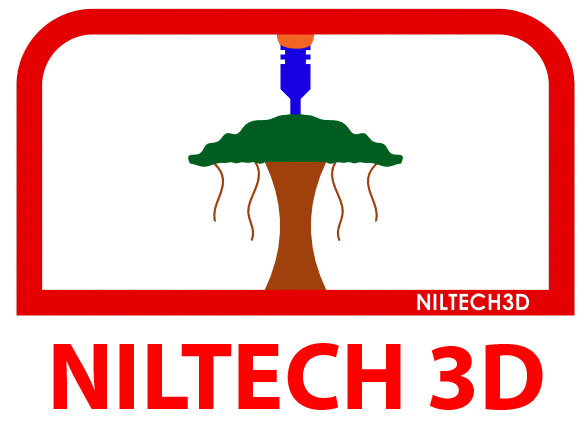WHAT IS NON-DESTRUCTIVE TESTING (NDT)? METHODS AND DEFINITION
Non-destructive testing (NDT) is a testing and analysis technique used by industry to evaluate the properties of a material, component, structure or system for characteristic differences or welding defects and discontinuities without causing damage to the original part. NDT is also known as non-destructive examination (NDE), non-destructive inspection (NDI) and non-destructive evaluation (NDE).
Current NDT methods followed
Acoustic Emission Testing (AE)
This is a passive NDT technique, which relies on detecting the short bursts of ultrasound emitted by active cracks under a load. Sensors dispersed over the surface of the structure detect the AE. It is even possible to detect AE from plasticisation in highly stressed areas before a crack forms. Frequently a method for use during proof tests of a pressure vessel, AE testing is also a continuous Structural Health Monitoring (SHM) method, for example on bridges. Leaks and active corrosion are detectable AE sources too.
Electromagnetic Testing (ET)
This testing method uses an electric current or magnetic field which is passed through a conductive part. There are three types of electromagnetic testing, including eddy current testing, alternating current field measurement (ACFM) and remote field testing (RFT).
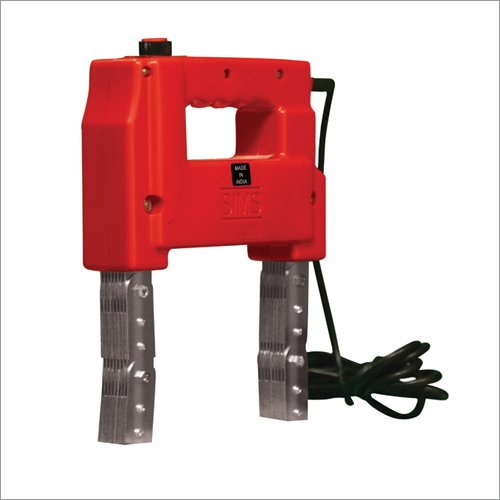
Delivers AC for surface and HWDC for sub-surface flaw detection. Strong and rugged construction for continuous operation. Handy & Light Weight, safe for operator. Articulating and double jointed legs to adjust any shape to assure good contact. Lifting capacity 27 kgs in DC, 5kgs in AC mode.
Eddy current testing uses an alternating current coil to induce an electromagnetic field into the test piece, alternating current field measurement and remote field testing both uses a probe to introduce a magnetic field, with RFT generally used to test pipes.
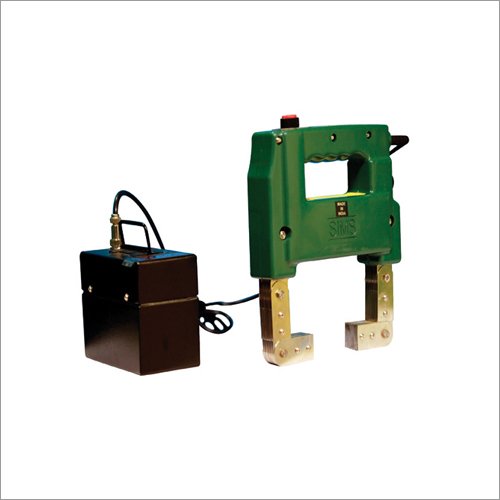
Fixed Handled Type Magnetic Yoke can be used for small size testings and where there is no availability of power
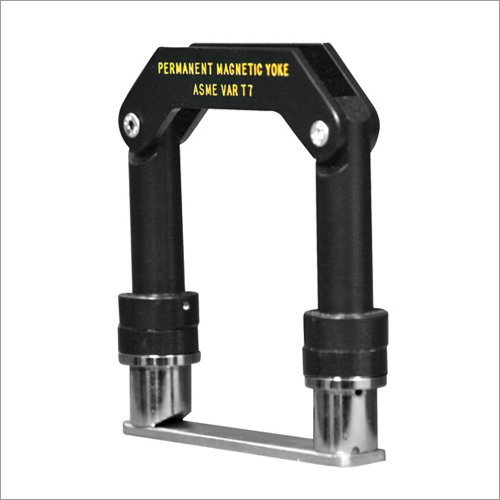
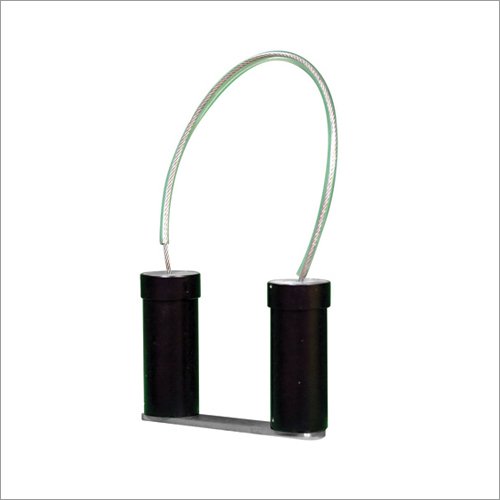
Pie Guage / Field indicator
The Pie Gauge is a tool for quickly verifying the direction of magnetic flux on a surface. It is made from eight ferrous segments, braised into a single piece, providing a star pattern of non-ferrous discontinuities. Typically used with dry powders for yoke inspection, the Pie Gauge can be held at any angle and will generate indications perpendicular to the direction of the magnetic flux
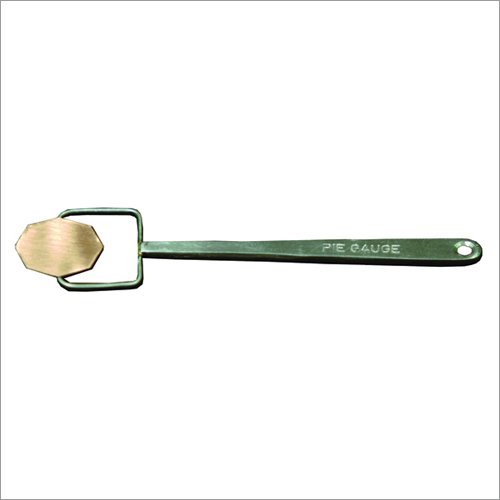
Liquid Penetrant Testing (PT)
Liquid penetrant testing involves the application of a fluid with low viscosity to the material to be tested. This fluid seeps into any defects such as cracks or porosity before a developer is applied which allows the penetrant liquid to seep upwards and create a visible indication of the flaw. Liquid penetrant tests can be conducted using solvent-removable penetrants, water-washable penetrants or post-emulsifiable penetrants.
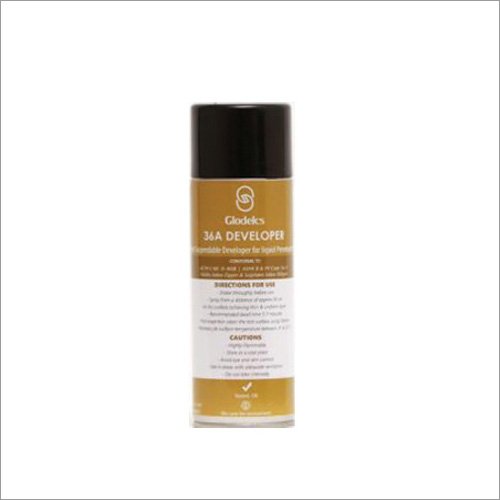
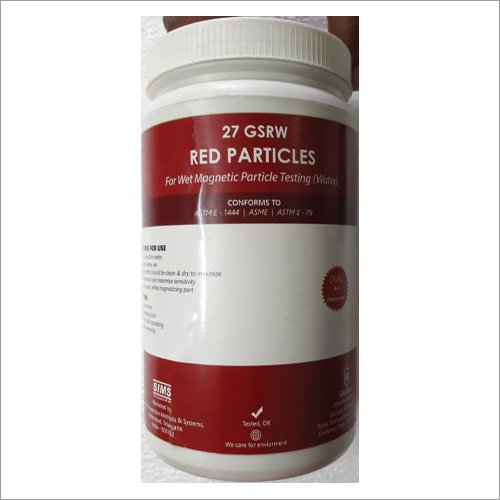
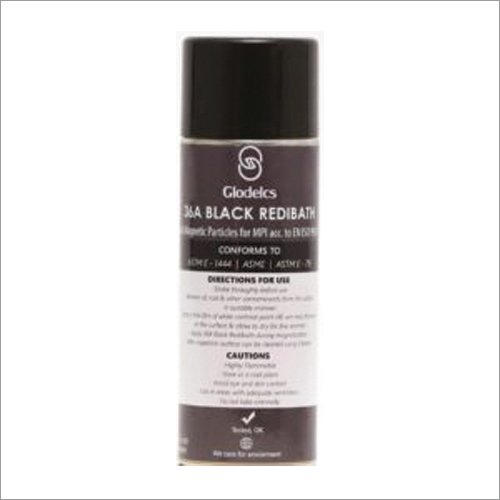
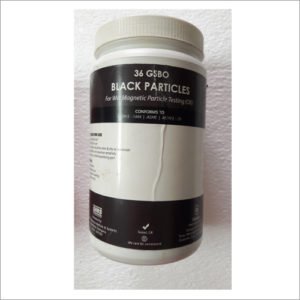
For more information regarding service and purchase feel free to contact us.
Click here to contact us through WhatsApp
9182323606
Email: support@niltech3d.com
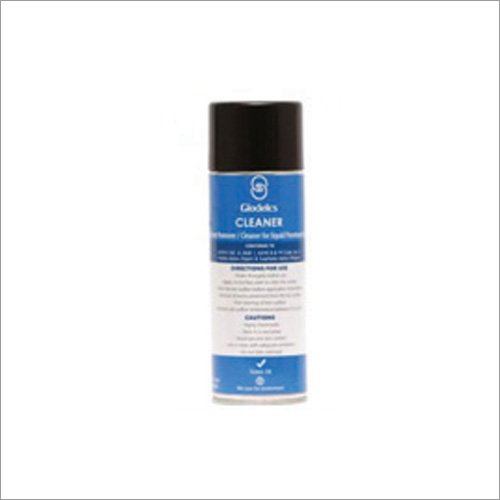
Ultrasonic Testing (UT)
Ultrasonic Testing entails the transmission of high-frequency sound into a material to interact with features within the material that reflect or attenuate it. Ultrasonic testing is broadly divided into Pulse Echo (PE), Through Transmission (TT) and Time of Flight Diffraction (ToFD).
Different technics for UT:
- Pulse Echo Inspection
- Through Transmission Testing
- Time of Flight Diffraction (ToFD)
- Immersion Testing
- Air Coupled Testing
- Electromagnetic Acoustic Transducer (EMAT) Testing
- Guided Wave Testing (GW)
- Phased Array Ultrasonic Testing (PAUT)
